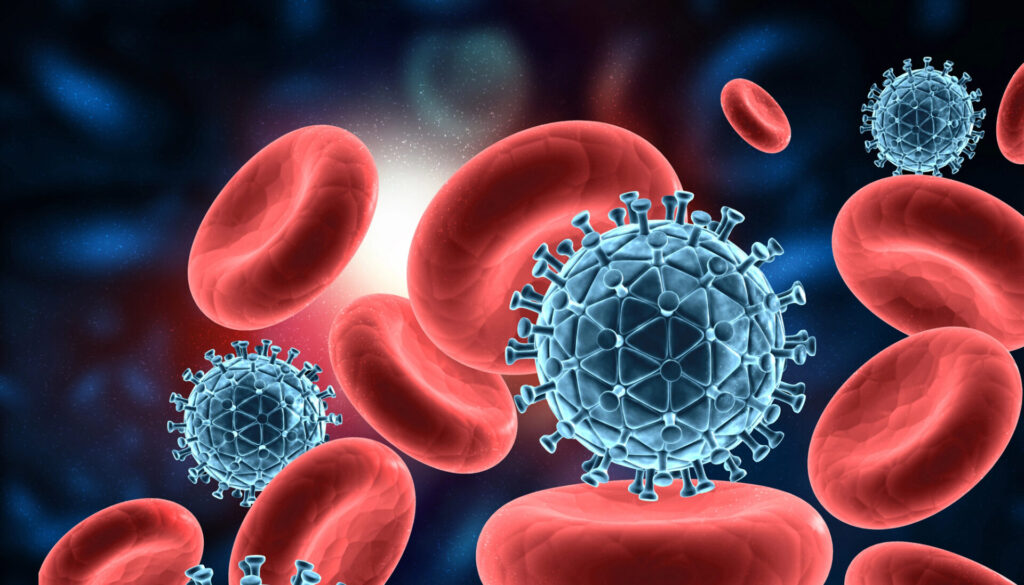Early adolescence is a vulnerable developmental period. Between 2011 and 2021, rates of sadness and hopelessness among adolescents rose by 50%, underscoring the urgent need to identify risk factors that can inform clinical and policy interventions aimed at protecting youth mental health. In response to growing concerns, the U.S. Surgeon General issued the Advisory on Social Media and Youth Mental Health in 2023, emphasizing the need for longitudinal research. Such research is essential to determine whether social media use contributes to the onset of depressive symptoms or is merely a response to them.
An article published in JAMA Network Open revealed the effects of social media on 11,876 children and adolescents in the Adolescent Brain Cognitive Development (ABCD) cohort. Children aged 9-10 began the study between 2016 and 2018, with annual follow-up for 3 years through 2022. Participants completed the ABCD Youth Screen Time Survey annually to determine the time spent on social media daily.
Depressive symptoms were assessed annually using the Child Behavior Checklist (CBCL) depressive problems score. Covariates with relevance to mental health and digital media behaviors were also accounted for, including sex, race, ethnicity, household income, highest parental educational level, number of adverse childhood experiences, the parental monitoring scale, family conflict, and the study site.
The Differential Susceptibility to Media Effects Model (DSMM) distinguishes 3 types of susceptibility to media effects: dispositional (e.g., personality, self-esteem), developmental (e.g., age), and social (e.g., family conflict). The DSSM was applied to examine within-person changes over time.
Within-person (intra-individual) analyses assess the same individuals over time, treating items as the unit of analysis to explore cause-and-effect relationships within individuals. In contrast, between-person (inter-individual) analyses compare differences across individuals, using individuals as the unit of analysis.
Findings showed a longitudinal association between higher social media use and depressive symptoms at the within-person level. Increases in social media use above the person-level mean were associated with increased depressive symptoms from year 1 to year 2, and from year 2 to year 3. There were no associations between depressive symptoms and later social media use. This shows that increased social media use causes depression, versus depression causing increased social media use.
There were no between-person associations between depressive symptoms and social media use after accounting for demographic and familial factors. This suggests that adolescents with consistently high (or low) social media use were not necessarily the same adolescents with consistently high (or low) depressive symptoms. Social media may benefit some, but may be detrimental to others.
Conclusions
This study suggests that increased social media use is a potential contributing factor to adolescent depressive symptoms. This contributes to the existing body of evidence, including a meta-analysis of 21 cross-sectional and 5 longitudinal studies, suggesting that social media use may be a risk factor for depression. Within the context of the DSMM, age likely contributes to negative outcomes, therefore, earlier intervention should be considered. Prior research has shown that with awareness, adolescents can shift from maladaptive to more positive patterns of social media use. Clinicians can cite these findings in practice to help guide young patients and parents regarding social media use.






